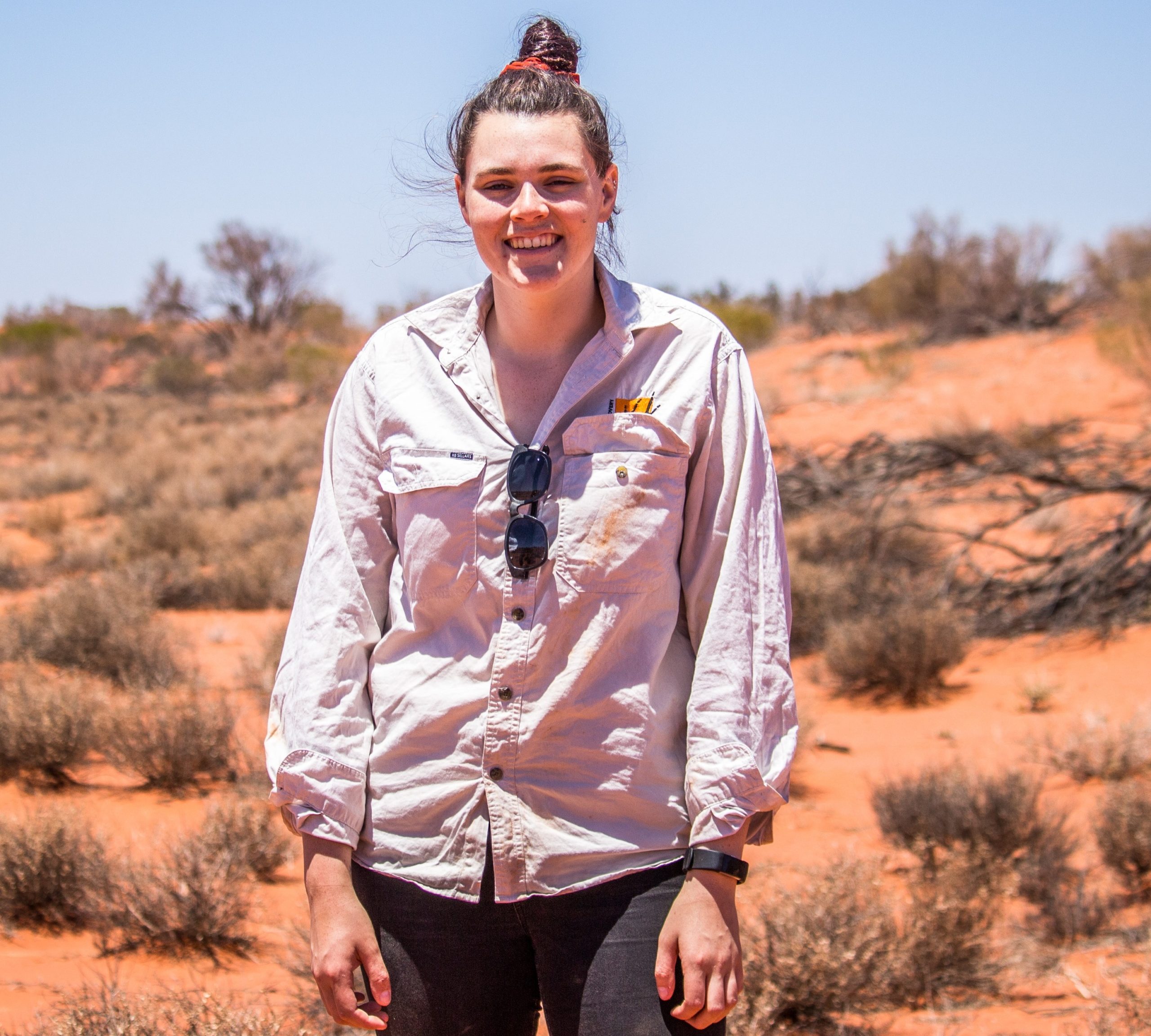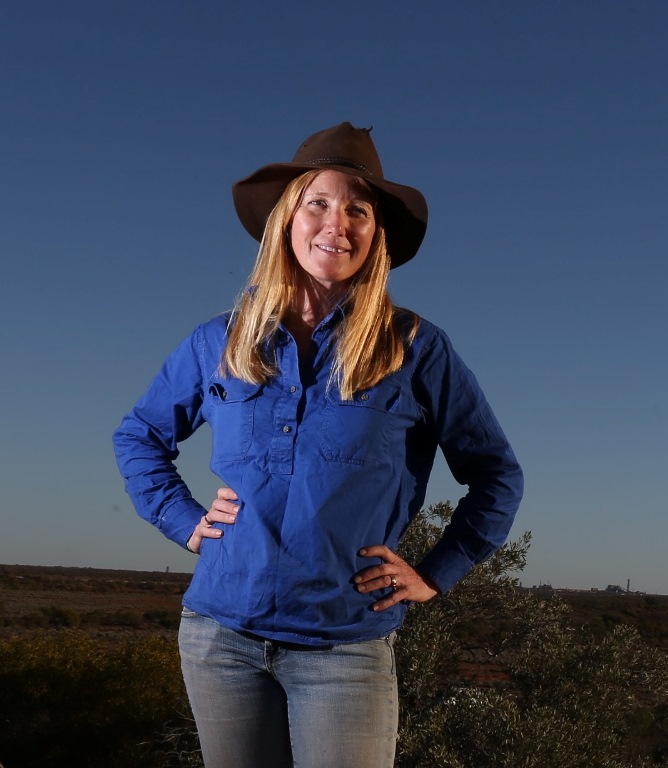A bit about me…
I’m currently a PhD candidate at Sydney University studying under the supervision of Dr Catherine Herbert, examining the use of contraception in the management of endangered species. Most of my work has been on Tasmanian Devils in the Devil Facial Tumour Disease (DFTD) free insurance population. We are using contraception on selected female devils based on their genetics with the aim of maximising genetic diversity, and only giving females which have not yet reproduced or are genetically under-represented the chance to breed. This also lets us keep them housed in groups, which helps to stop them from adapting to captivity, while keeping a mixture of breeding and non-breeding females in with males. This is the best way to make the most of limited resources and housing space in the conservation program.

Why am I using contraception on burrowing bettongs?
My project at Arid Recovery examines another way of using contraception on endangered species. Burrowing bettongs are excellent breeders, and with the removal of most predators, have become locally overabundant within the reserve, with around 8 thousand individuals living inside the fenced enclosure. They are damaging the vegetation and overrunning the other species housed in the reserve, so Arid Recovery is keen to reduce their population to a more manageable size in an ethical and cost-effective way. Fertility control using contraceptive implants is one of the options being considered, but we need to figure out a few things first – does the Suprelorin® implant work on female bettongs? How long will it last? Are there any negative side effects? How many would we need to implant to have an impact on the population? Is this a feasible option logistically and economically? I aim to answer these questions with a pilot study on around 50 female bettongs in the 1st expansion of the reserve.

How does it work?
The Suprelorin implant gradually releases a gonadotrophin-releasing hormone (GnRH) agonist called deslorelin as it dissolves. The continuous release of deslorelin affects the pituitary gland, and stops it from releasing follicle stimulating hormone (FSH) and luteinising hormone (LH), which are both responsible for ovulation. Without FSH and LH, the bettongs will be unable to ovulate and shouldn’t conceive any offspring for some time.
How did it go?
Over 10 nights in August 2017 I set traps with the help of my volunteer, Lachlan, in the late afternoon, checked them after sunset and then reset them for checking again at sunrise. We set and checked traps 408 times and captured bettongs 347 times. We identified 119 individuals (48 females and 71 males), and treated 30 females with contraceptive implants.
For every bettong that we captured, we gave them ear tags if they weren’t already tagged, measured their head and pes (foot) lengths as indicators of age, checked their body condition score and measured tail width as indicators of condition. We also checked their gender and then either measured testes width or checked the reproductive status of the pouch. The boys didn’t appreciate that in the cold mornings! We had four females with small joeys less than a week old, a few others had young at foot and most others had recently weaned a joey. We injected contraceptive implants in 30 females overall (our minimum target), leaving every third untreated to act as a control in the study (to compare the final results against the contracepted females). We had hoped to treat 50 females, but we found a 2:1 ratio of males to females in traps which made it difficult to catch enough!

We also found a few other mammals enjoying the peanut bait ball! We microchipped and health checked a bilby and a few western barred bandicoots, and released some Spinifex hopping mice and plains mice. We spotted a shingleback and a bearded dragon out sunning themselves too which was quite a treat!

Where to now?
I will be returning every 2-3 months over the next 12 months to re-trap the females in the study and check inside their pouches. Bettongs are able to mate while their current joey is still in the pouch, and this new embryo enters suspended animation (embryonic diapause) until their joey leaves the pouch. This means that some bettongs may have already conceived a new joey before contraception, which we can work out by figuring out the birth date of their next joey. We hope to see no new pouch young conceived after contraception. We will also be monitoring for any weight gain, which can be a common side effect of contraception. The information generated through this project will be given to Arid Recovery managers to help them decide on a course of action for reducing and then maintaining the bettong population at a more sustainable density. If the bettongs appear to still be contracepted at the end of the 12 months, monitoring may be continued by Arid Recovery staff/interns to see when the bettongs begin breeding again. The findings from this research will also be relevant to other reserves housing bettongs or small marsupials that may be facing similar issues.

All photos taken by Holly Cope.





















